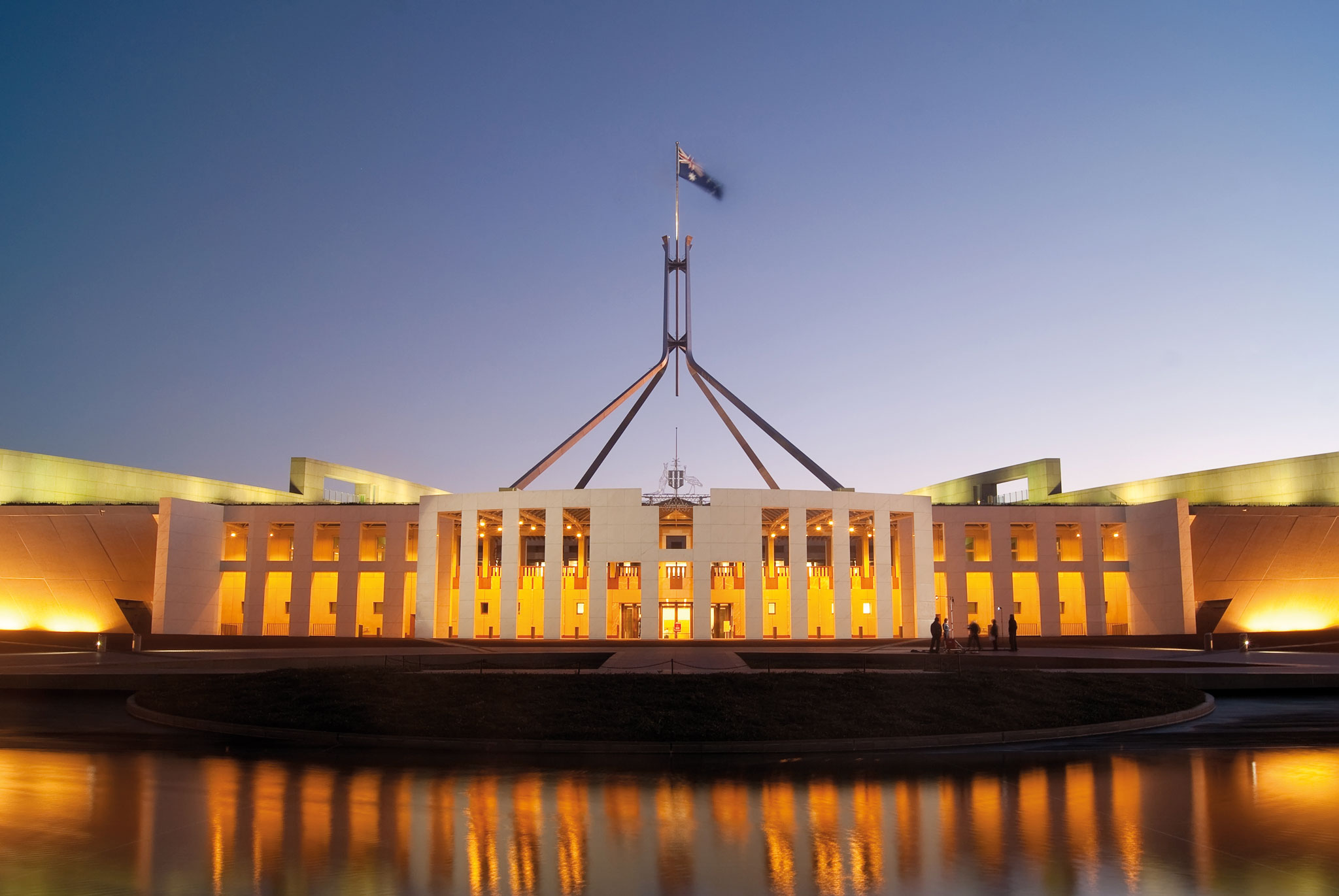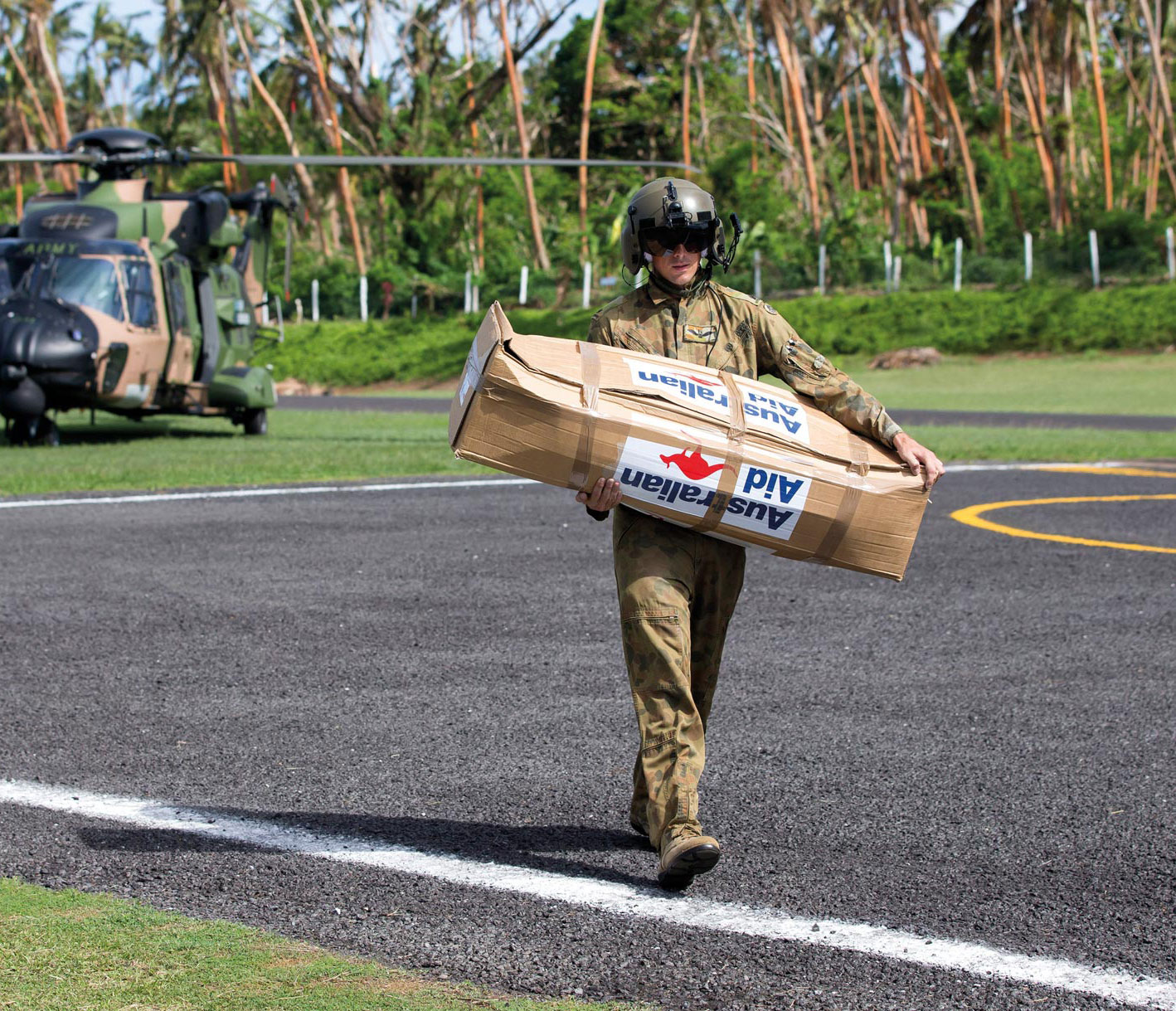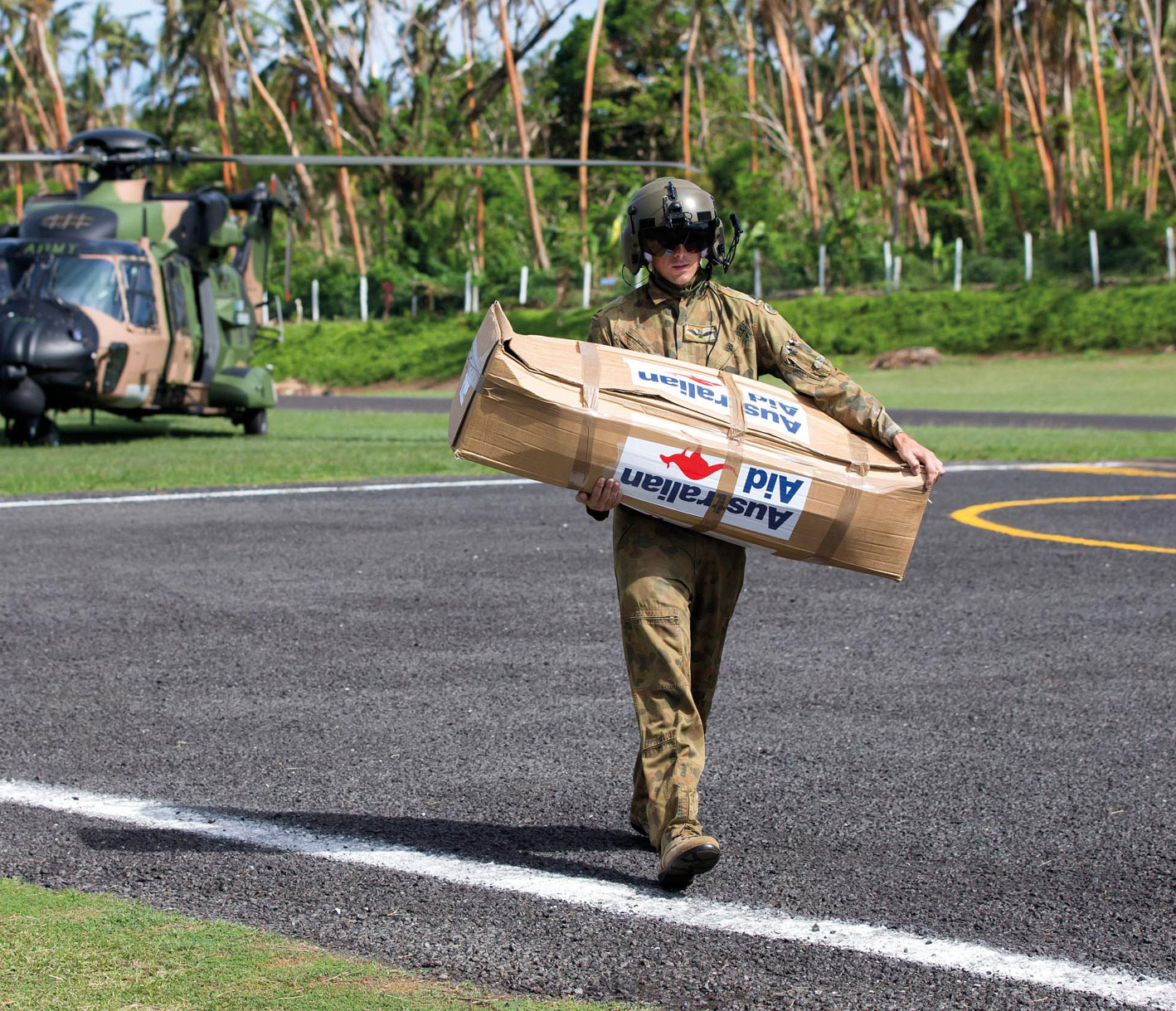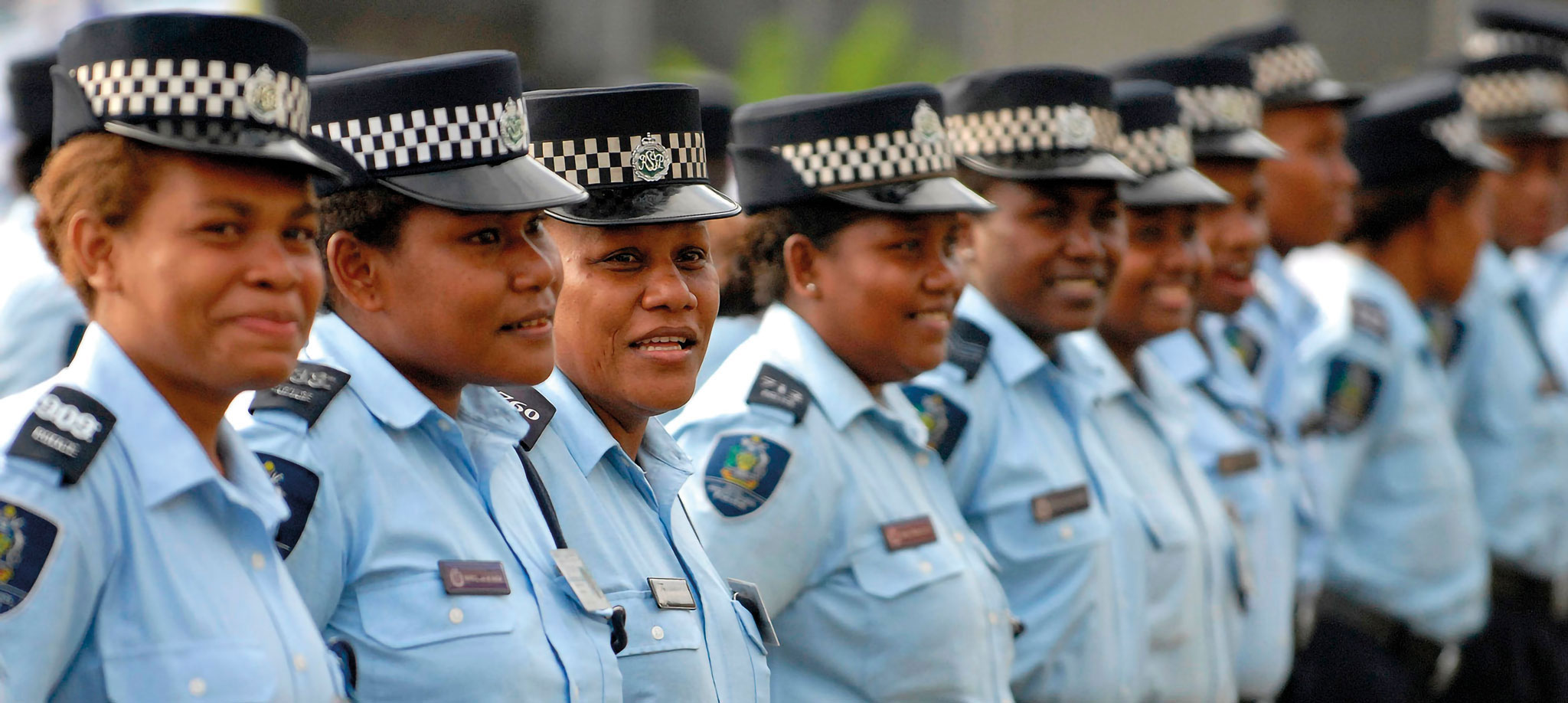Conflicts within states and the problems posed by fragile states will continue to undermine international security and lead to interventions by other powers. Non-state actors, such as terrorists, continue to find space in fragile states to pursue their objectives. Challenges such as transnational crime, mass migration and the spread of communicable diseases are magnified or enabled by weak or lawless states.
The number of major civil wars taking place around the world tripled between 2007 and 2014. Over 1.6 billion people live in countries affected by fragility, conflict and violence, and by 2030 more than 60 per cent of the world’s poor will live in fragile societies. Violent conflicts cause 80 per cent of humanitarian needs and are straining international responses.
The challenge of state fragility, conflict and violence will remain acute in parts of the Middle East and Africa, affecting Australia’s security interests through terrorism and irregular migration. Instability in these regions could potentially disrupt energy supplies and other trade. Geopolitical tensions between Iran and some Gulf countries are likely to continue, fuelling conflicts within some states in the Middle East.
In Southeast Asia, challenges stem from subnational conflicts, usually in isolated or remote border regions, such as in Myanmar and the southern Philippines. In the Pacific, the challenges are weak governance, corruption and vulnerability to economic and environmental shocks.














